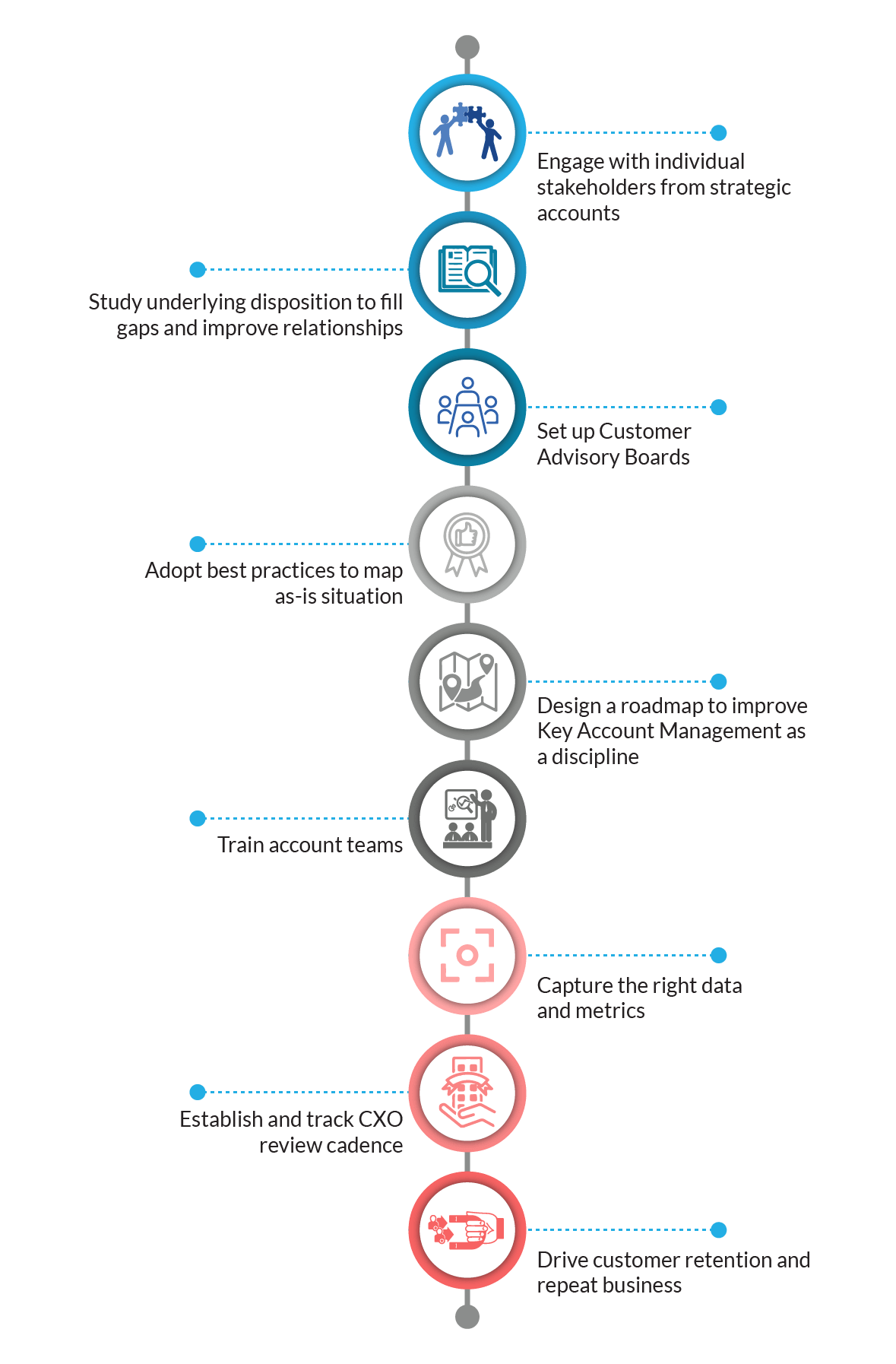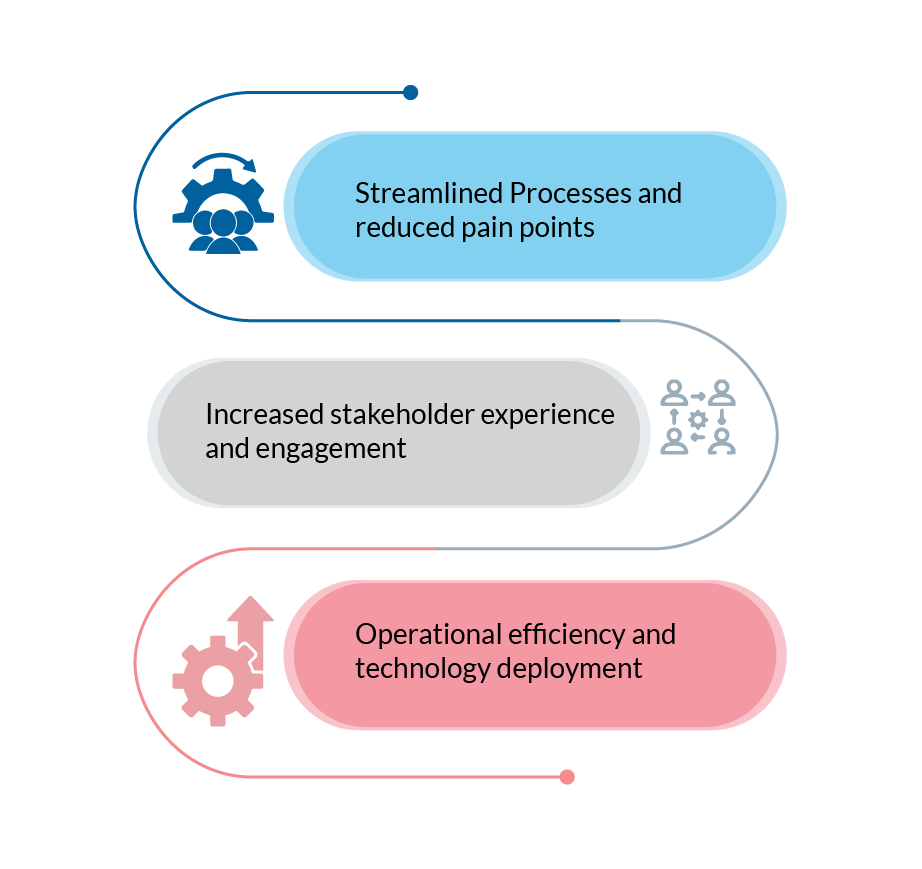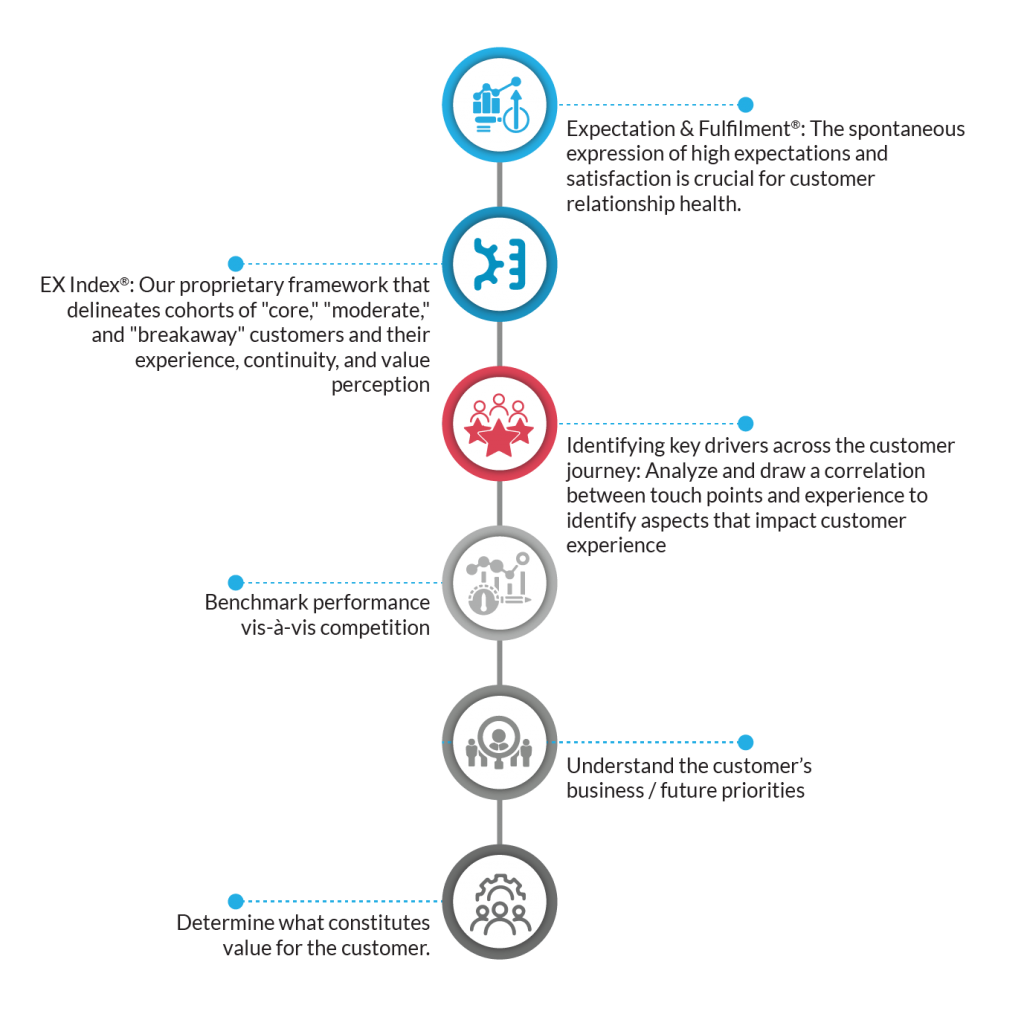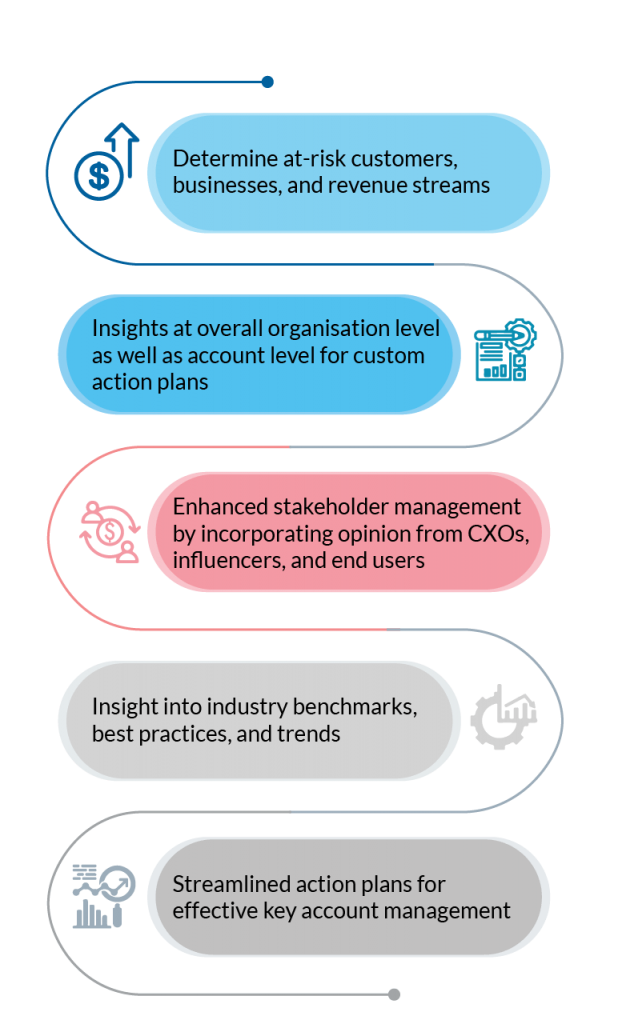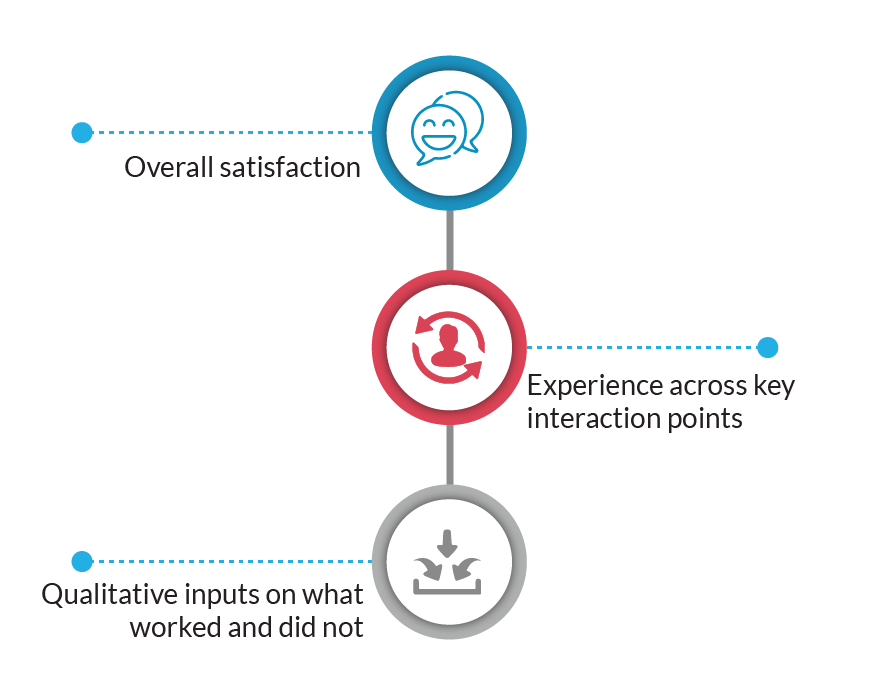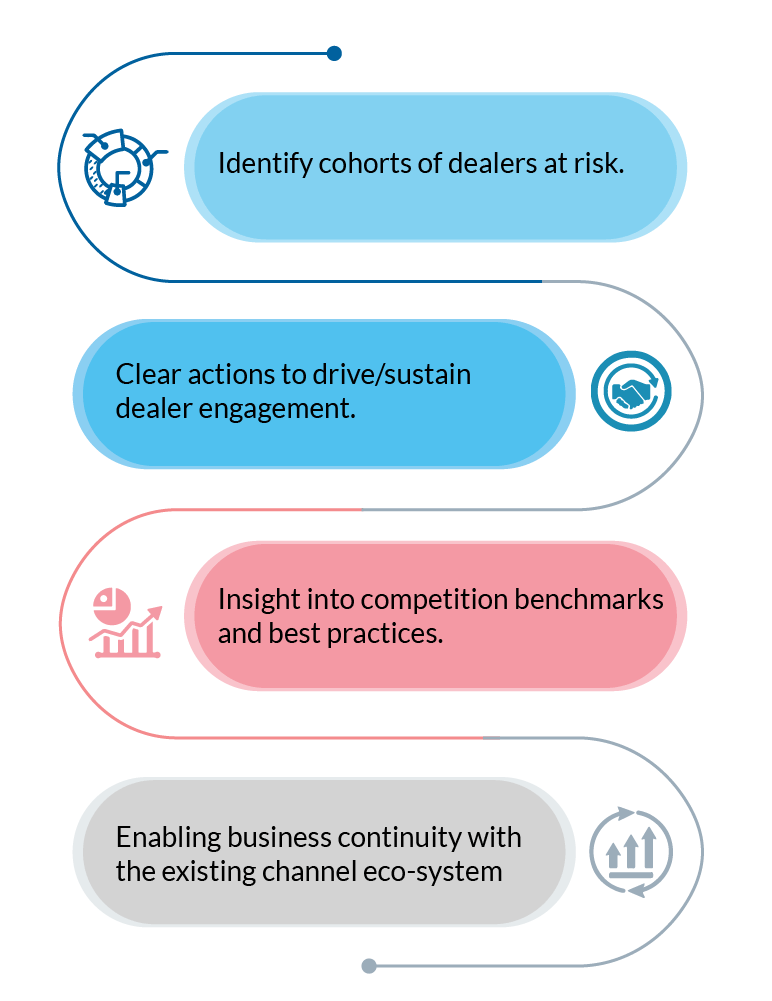You cannot report what is not captured and hence it is important to be double sure on what one wants from a customer interaction in the shortest possible time.
Some points that can really help building an effective communication with the customers with a structured questionnaire are as below:
- Respondents have a really short attention span and it is important to remember that they are doing you a favour by responding. Hence it is important to build an effective flow of questioning where we check on the important aspects first, followed by the secondary aspects. For e.g. if understanding the habits and practices is the primary objective of study then that should be asked before the secondary objectives of concept evaluation & understanding willingness to pay. However, it is important to ensure that the preceding question does not bias the subsequent questions. For e.g. specific brand evaluation before the section on checking awareness might skew awareness for brands.
- It is preferable to keep the questions which are relatively difficultto answer before the easy ones. This helps in getting comparatively better responses before fatigue sets in.For e.g. ask brand – imagery associations should be asked before the questions for capturing household composition.
- Avoid demanding and tedious responses: Although on paper it is tempting to get insights on several attributes and concepts; the repetitive nature of questions will increase fatigue.For e.g. it is important to restrict the number of brands in any imagery association question to a maximum of 8-10, else it would be difficult for the respondent to do proper justice to the exercise and it becomes a game of “eni mini miny mo” and the answers will be random responses.
- Making connect with the respondent is imperative and hence it is best to adopt a story telling approach. Beyond the questionnaire, the skills of the field researcher also make a difference.
- Always ensure the question does not have a framing bias as it is important that the question asked does not point to one of the responses provided to him as an option.For e.g. Most people we have talked to use branded rice for family consumption. What brand of rice do you purchase?Such questions should be avoided as it might force the respondent to mention a brand name he recollects even when he might be buying only loose rice for consumption.
- Be critical of the scale used for capturing the response. Asking respondents to rate a particular brand of soap on a scale of Excellent, Good and Satisfactory might not be apt as the option of not liking the product has not been provided to him.
- Wordings used in the question are very important. It should mean the same to all respondents. It should not be neither too precise nor too long. If the question asked is very lengthy and has multiple concepts that by the time the respondent finishes reading it, he might well forget on what aspects he is supposed to respond on. Examples of too precise questions – How do you spend your time in the evening? is too precise as it might vary by a typical week day vs. weekend. Also evening might mean different time slots to different people and hence it is necessary to clarify on the same. Examples of too length questions – Taking everything about the product into consideration like smell, texture, colour, smoothness, lather, etc; would you say that you will buy this product in case it is available in the market at a price at which you buy your regular brand of soap, in case it is available in a packaging similar to the one we have shown you at a shop close to your house for using it every day for bathing and not only for washing hands?
- Avoid double barrelled questions: For e.g. Are you happy with the services of X and would like to continue availing their services in the future?Suppose the respondent mentions a Yes to this question; it would be difficult to interpret whether he / she is happy or eager to continue in the future
- It is always a good practice not to make assumptions in a questionnaire. For e.g. Which brand of air conditioner do you have at home? assumes that the respondent has a AC at home. Similarly, What is your favourite non-vegetarian dish? Presumes that the respondent is a non-vegetarian and should be preceded by logical question before the same as Do you eat non-vegetarian food? – Yes / No
- Avoid putting in options which are not mutually exclusive. It will confuse the respondent as well as the interviewer during administration For e.g. for the question below, the following options might be confusing. For how year are you using this car?
Option 1: 1-3 yrs ; Option 2: 3-5 yrs ;Option 3: 5-7 yrs Options 4: 7-10 yrs
In the example above, if someone has used the car for 3 years, he will be confused whether to select option 1 or 2.
- Lastly is also important to avoid jargons – Using terms like Customer Journey Map, Imagery, abbreviations – HHI (household income), VFM (value for money), technical terms for e.g. Top & Base Note for fragrances is a strict no-no.
To conclude, it is important to understand the window of opportunity with the respondent is limited. Appreciate the time given by the respondent and pay attention to the human behaviour (attention span, ability to comprehend and political correctness to due to social norms); by leveraging these tips one can make his / her questionnaire & interview process moreeffective and make the best of the customer interaction process.





























